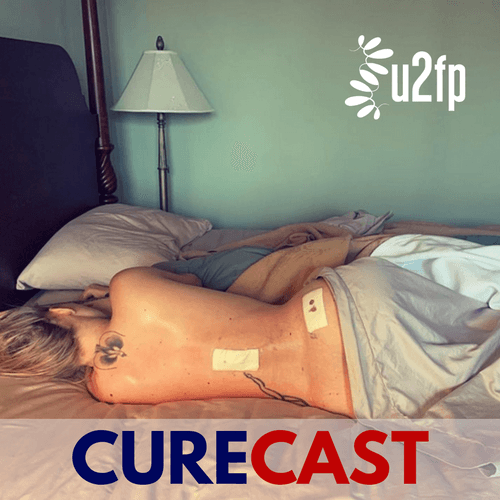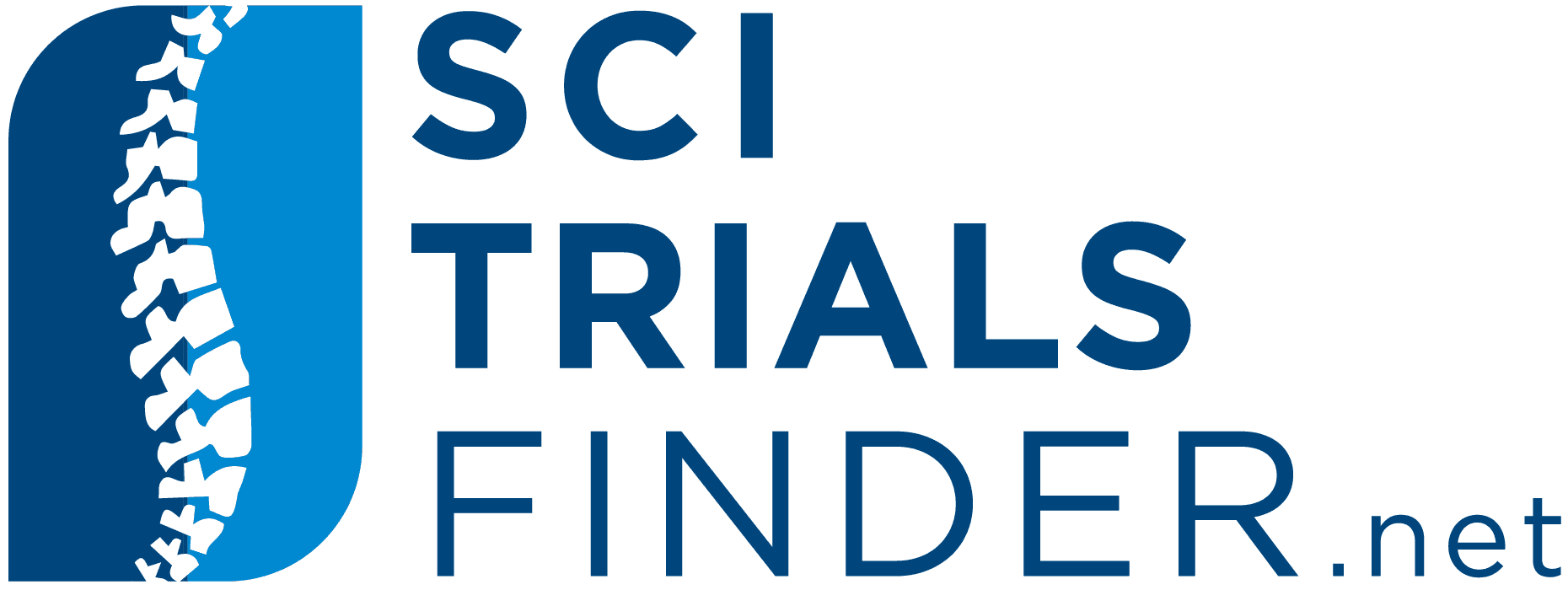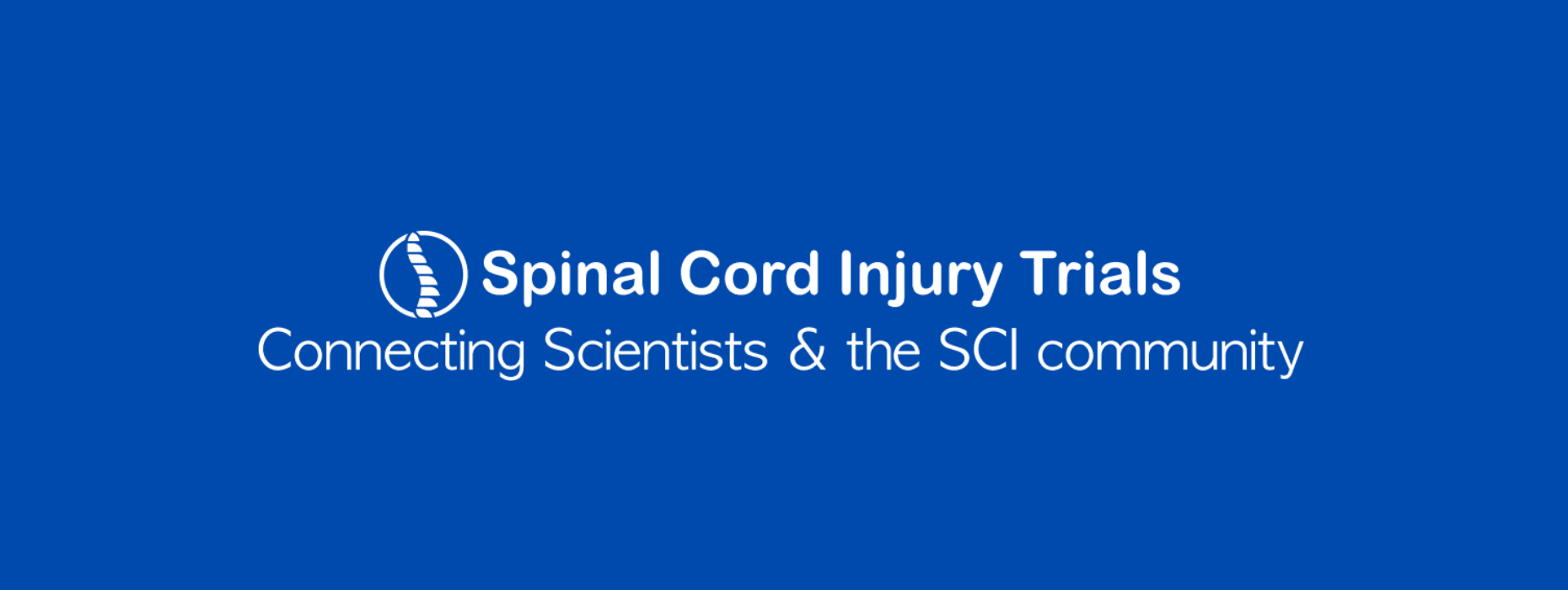Episode 73: Spinal Stimulation 101 (part 3)

Guest: Sam Maddox
This is the third installment of our 101 tour of spinal stimulation. We're joined again by Sam Maddox, U2FP's Scientific Advisory Board Director and veteran science journalist. Today, we discuss the commercialization of spinal stim, detailing the path that these therapies will need to traverse to arrive at the market.
We talk about how labs and businesses are organized and review some of the challenges they face, including obtaining FDA approval, getting funded, and organizing clinical trials and recruiting participants. Even after those hurdles are cleared and a therapy is ready to go to market, we speculate about the role clinical buy-in will play.
Finally, a quick shout out to you, our listeners for engaging with us during this series. We’ve had a lot of feedback and intend to address many of your questions and comments on the air soon. You can still reach out and tell us what you think at curecast@u2fp.org.
Listen on: Spotify | Apple Podcasts | Soundcloud
Bumper music: Dig a Hole by Freaque
Guest Bio
Sam Maddox (of Los Angeles, California) is former Knowledge Manager and spinal cord injury research writer for the Reeve Foundation. He is the author of several books related to chronic health and paralysis, including four editions of the Paralysis Resource Guide, published by the Reeve Foundation. In 1992 Maddox wrote the first comprehensive history of spinal cord injury research, The Quest for Cure: Restoring Function After Spinal Cord Injury. He wrote and published the widely acclaimed resource book Spinal Network, and is founder of New Mobility magazine. Maddox was a panel member on The Consortium for Spinal Cord Medicine, which develops and disseminates evidence-based clinical practice guidelines to professionals and consumers. He is currently writing and producing books as a resource for the newly injured: SCI: First 90 Days. He has been a reporter for many magazines, including Time, Money and People. Maddox is a graduate of the University of Colorado, where he taught in the School of Journalism.
More Resources
Key Stim Companies. Here are three companies that were mentioned in this series. Click on their logos to visit their websites and follow their progress:
Clinical Trial Tools. Search these online databases to find clinical trials you may be interested in. Both resources are supported by U2FP and a number of other SCI organizations.
Relevant recent studies:
- Neurons that Restore Walking After Paralysis, (Nov 2022) published in Nature by Gregoire Courtine's lab. This study looks at nine individuals whose ability to walk was restored via epidural stimulation. Here the authors sought "to identify the neurons involved in the recovery of walking. A single population of excitatory interneurons nested within intermediate laminae emerged. Although these neurons are not required for walking before spinal cord injury, we demonstrate that they are essential for the recovery of walking with EES following spinal cord injury."
- A Review of Functional Restoration From Spinal Cord Stimulation in Patients With Spinal Cord Injury, (2022) which looks at 71 studies through last year involving both epidural and skin-surface stim, with 327 patient records. From the group at Brown University: “Although this review highlights SCS as a promising therapeutic neuromodulatory technique to improve rehabilitation in patients with SCI, further mechanistic studies and stimulus parameter optimization are necessary before clinical translation.”
- Advances in Epidural Spinal Cord Stimulation to Restore Function after Spinal Cord Injury: History and Systematic Review, (2022) which looks at 184 patient e-stim experiences with incomplete or complete SCI. Says the group, led by Ann Parr at the University of Minnesota and including David Darrow and Uzma Samadani: “…the current studies cannot definitively conclude which patients benefit the most from this intervention. Further study in this area is badly needed to allow eSCS technology to move forward and be more widely available for chronic SCI patients.”
- History of Electrical Neuromodulation for Chronic Pain, by Philip L. Gildenberg, MD, PhD. This is from 2006 but offers a long view of the stim concept going back centuries and includes the history of implanted stimulation devices 50 years ago. Says the author: “…the key to success of electrical neuromodulation, as any other pain management modality, seems to lie in patient selection.”
- Neuromodulation with transcutaneous spinal stimulation reveals different groups of motor profiles during robot-guided stepping in humans with incomplete spinal cord injury, (2022) looks at transcutaneous spinal stimulation (TSS) in "nine chronic motor-incomplete SCI individuals (8/1 AIS-C/D, 8 men) during robot-guided stepping with body-weight support without and with TSS."
- Spinal Cord Stimulation - Moving Beyond Isolated Systems Symposium. This is Sam Maddox's overview of a three-day meeting held last summer in Louisville, KY; it was the first-ever multi-disciplinary, multi-generational gathering of the international e-stim field, organized by Susan Harkema and David Magnuson of the University of Louisville. The symposium brought together scientists, clinicians, industry, funding groups and community advocates, never before under the same roof together. The organizers made it a priority to look at neuromodulation beyond motor changes – the emphasis was on whole body response.
Understanding Technology Transfer
- Paul Corson: Innovation Management - Maximizing the Commercial Impact of University Inventiveness. This presentation was given at U2FP's Annual Symposium in Salt Lake City, on September 23, 2022.
Related CureCast interviews
- Camillo Castillo - CureCast Episode 64
- Grégoire Courtine - CureCast Episode 44
- Susan Harkema - CureCast Episode 41
- Kathy Allen & Sandra Mulder - CureCast Episode 31
- David Darrow - CureCast Episode 30
- Chet Moritz - CureCast Episode 13
- Kendell Lee & Kristin Zhao - CureCast Episode 12
Acknowledgments
-
This podcast is made possible by a grant from the Christopher & Dana Reeve Foundation’s National Paralysis Resource Center. The information provided and opinions expressed in these podcasts do not necessarily reflect the views of the Christopher & Dana Reeve Foundation. For more information about the Foundation’s National Paralysis Resource Center visit https://www.christopherreeve.org/living-with-paralysis






















